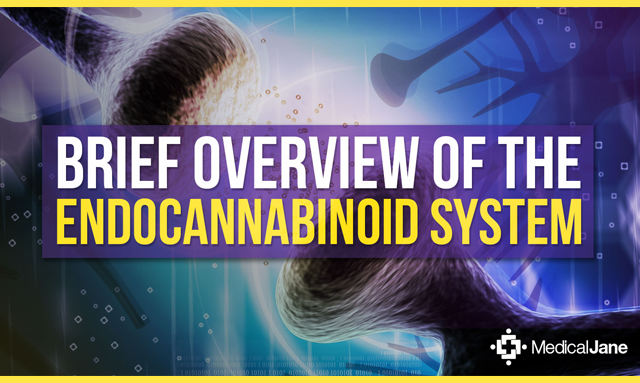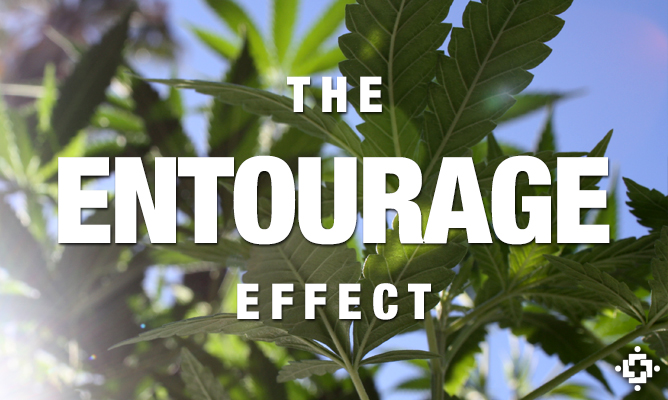Browsing Cannabinoid Science
ShareTweet
What cannabinoids are found in cannabis?
Over 100 phytocannabinoids have been identified in the cannabis plant, many of which have documented medicinal value. Most are closely related or differ by only a single chemical part. The most talked-about and researched cannabinoids found in the cannabis plant are tetrahydrocannabinol (THC) for its psychoactive properties (“high feeling”) and cannabidiol (CBD) for its healing properties. Here is a list of the most common cannabinoids found in medical marijuana: Tetrahydrocannabinol (THC) Cannabidiol (CBD) Cannabigerol (CBG) Cannabichromene (CBC) Cannabinol (CBN) Cannabinodiol (CBDL) Cannabicyclol (CBL) Cannabielsoin (CBE) Cannabitriol (CBT) Cannabivarin (CBV) Click here to learn more.
How do the cannabinoids from cannabis get into my body?
Cannabinoids can be administered by smoking, vaporizing, oral ingestion, transdermal patch, intravenous injection, sublingual absorption or rectal suppository. Click here to learn more. MANTIS_RECOMMEND = { property: '53422cdc8e92f89afbf09d5f', render: 'mantis__recommended__wordpress' }; var z = document.createElement("script"); z.type = "text/javascript"; z.async = true; z.src = "//static.mantis.marketing/recommend.min.js"; var s = document.getElementsByTagName('head')[0]; s.parentNode.insertBefore(z, s); …
What is the difference between an agonist and antagonist cannabinoid?
When a cannabinoid causes a receptor to act in the same way as it would to a naturally occurring hormone or neurotransmitter, then it is labeled “agonist.” On the other hand, if the cannabinoid prevents the receptor from binding to the naturally occurring compound, thereby causing the resulting event (e.g., pain, appetite, alertness) to be altered or diminished, it is labeled “antagonist.” Click here to learn more. MANTIS_RECOMMEND = { property: '53422cdc8e92f89afbf09d5f', render: 'mantis__recommended__wordpress' }; var z = document.createElement("script"); z.type = "text/javascript"; z.async = true; z.src = "//static.mantis.marketing/recommend.min.js"; var s = document.getElementsByTagName('head')[0]; s.parentNode.insertBefore(z, s); …
Once extracted, can cannabinoids be stored for long periods of time?
Phytocannabinoids will degrade over time in any storage conditions. However, proper storage can help extend the life of cannabinoids. We recommend using an air-tight container, put dark, dry, and cool place. Click here to learn more. MANTIS_RECOMMEND = { property: '53422cdc8e92f89afbf09d5f', render: 'mantis__recommended__wordpress' }; var z = document.createElement("script"); z.type = "text/javascript"; z.async = true; z.src = "//static.mantis.marketing/recommend.min.js"; var s = document.getElementsByTagName('head')[0]; s.parentNode.insertBefore(z, s); …
Does a particular strain have more cannabinoids than another?
The amount of resin produced and its cannabinoid content varies by plant gender, growing conditions and harvesting time. The chemical stability of cannabinoids in harvested plant material is also affected by moisture, temperature, light and storage. Click here to learn more. MANTIS_RECOMMEND = { property: '53422cdc8e92f89afbf09d5f', render: 'mantis__recommended__wordpress' }; var z = document.createElement("script"); z.type = "text/javascript"; z.async = true; z.src = "//static.mantis.marketing/recommend.min.js"; var s = document.getElementsByTagName('head')[0]; s.parentNode.insertBefore(z, s); …
What part of the cannabis plant contains cannabinoids?
Trichomes located in the flowers/buds of the cannabis plant secrete the resin containing cannabinoids and terpenes. They are also found in the epidermal glands on the leaves (especially the upper ones), stems and the bracts that support the flowers of the plant. Click here to learn more. MANTIS_RECOMMEND = { property: '53422cdc8e92f89afbf09d5f', render: 'mantis__recommended__wordpress' }; var z = document.createElement("script"); z.type = "text/javascript"; z.async = true; z.src = "//static.mantis.marketing/recommend.min.js"; var s = document.getElementsByTagName('head')[0]; s.parentNode.insertBefore(z, s); …
What are cannabinoids?
Cannabinoids are a diverse set of chemical compounds that bind to special receptors that make up the larger endocannabinoid system. The “key and lock” metaphor is often used to describe this process. Click here to learn more. MANTIS_RECOMMEND = { property: '53422cdc8e92f89afbf09d5f', render: 'mantis__recommended__wordpress' }; var z = document.createElement("script"); z.type = "text/javascript"; z.async = true; z.src = "//static.mantis.marketing/recommend.min.js"; var s = document.getElementsByTagName('head')[0]; s.parentNode.insertBefore(z, s); …
What are the different types of cannabinoids?
There are three types of cannabinoids known to scientists today: endocannabinoids (found within the human body), phytocannabinoids (found in plants such as cannabis), and ones created in a lab known as synthetic cannabinoids. In addition to cannabinoids, the chemical profile of the cannabis plant contains other compounds like terpenoids, amino acids, proteins, sugars, enzymes, fatty acids, esters, and flavonoids, just to name a few. Cannabis contains at least 85 different cannabinoids, many of which have documented medical value. Products and strains have been developed to deliver larger doses of different cannabinoids, so knowing which types best treat your …
The Endocannabinoid System Helps Maintain Homeostasis
Medicinal cannabis is routinely recommended for a wide variety of conditions. For example, in California, patients can qualify for cannabis medicine if they have AIDS, anorexia, arthritis, cachexia, cancer, chronic pain, glaucoma, migraines, muscle spasms, seizures, nausea, or other chronic symptoms. This begs the question – how can cannabis be recommended for so many different conditions? The answer is the endocannabinoid system. What is the Endocannabinoid System (ECS)? Before discussing the functions of the endocannabinoid system (ECS), it is important to understand its components. The ECS is comprised of cannabinoid receptors, endogenous ligands (binding molecules) for those …
Medical Marijuana: Much More Than Just THC and CBD
For years now Δ9-tetrahydrocannabinol (THC) has been the most popular and widely researched cannabinoid in cannabis science. However, nowadays it seems like cannabidiol (CBD) has stolen the spotlight given its ability to provide therapeutic relief to children suffering from various epileptic disorders, while lacking the psychotropic effects (i.e. high) of THC. It’s even gotten to the point that state legislature are passing laws “CBD-only” medical marijuana legislation. Given all of this, it is easy to see how CBD and THC can be viewed …

